Nature’s Color Wisdom: Lessons on Pink From the Great Outdoors
http://decor-ideas.org 03/12/2014 02:24 Decor Ideas
From the serenity of a pink morning sky over the ocean to market-fresh rhubarb and French breakfast radishes, there’s a pink for every mood and personality. It’s true that pink can sometimes get a bad rap — cotton candy and princess ponies, anyone? — but there’s so much to the color. Here we’ll let nature guide us through great ways to use this vibrant, interesting and richly varied hue.
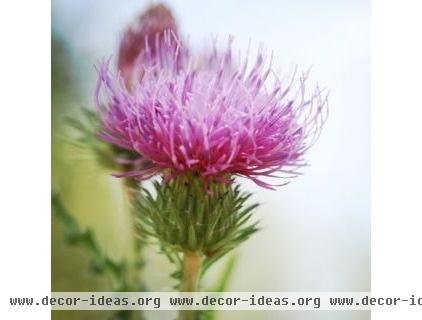
Darby Nicole Fine Art Photography Pink in nature. Ranging from the softest pink-tinged morning cloud to the bursting near-red of a ripe raspberry, pink is one of the most varied colors in the natural world. Think of bundles of pink tulips and roses in the florist’s stall and pink turnips, radishes and radicchio at the farm stand.
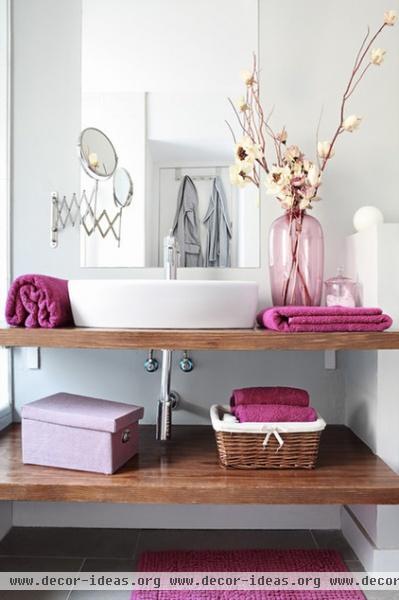
Pink and lavender. Adjacent on the color wheel, pink and lavender have a way of appearing together in nature — and the combo works just as well in the home. Just look how these accessories in a range of pink and lavender hues complement one another. You can gather inspiration from the variegated petals of a fuchsia flower or the wild ramble of pink and purple flowers in an English cottage garden.
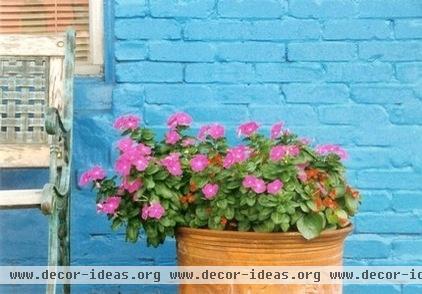
Shocking pink. Bright, clear pink is a color you likely either love or hate. If you love it, embrace it. That said, bright pink rarely occurs in huge swaths in nature — even Mother Earth seems to know this vibrant hue works best in smaller doses.
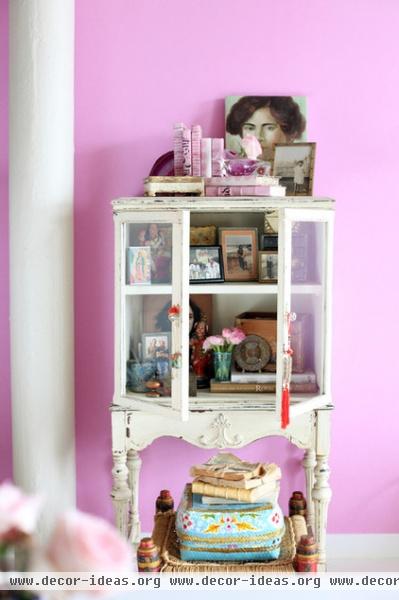
But if we don’t listen to our mothers, why would we listen to Mother Nature? If you’re feeling brave, paint an accent wall or an entire small room in this powerful hue. Or, if you just want to get your feet wet, try bringing a few shocking-pink accessories into an otherwise white space to liven things up.
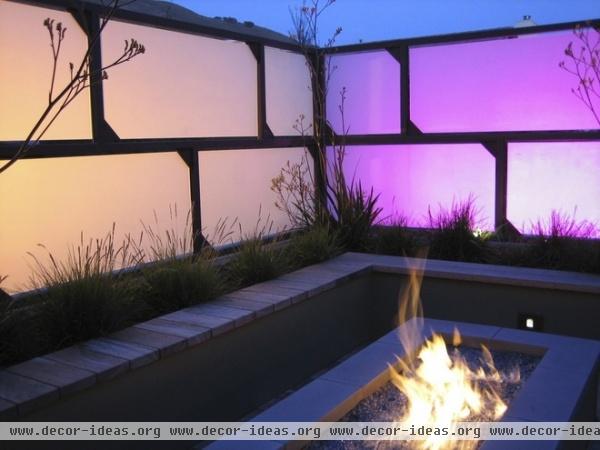
The colors of sunrise and sunset. A healthy dose of blue balances warm, glowing sunrise and sunset pinks. Soft, pinkish tangerine with strawberry ice pink and a soft blue would make a soothing sunrise-inspired combination. Put several shades of pink and tangerine with a deeper blue for a more dramatic look reminiscent of sunset. Imagine bringing the colors in this photo into your home.
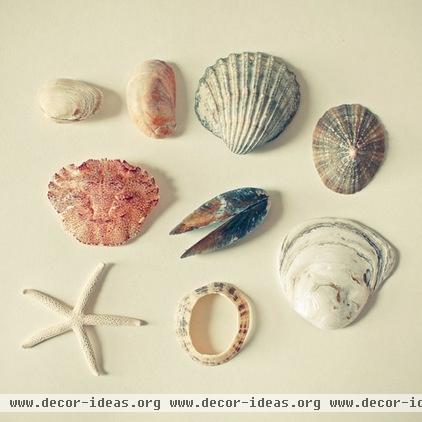
‘From the Sea’ Nature Photography by Lola's Room - $20 Seashell pinks. These soft pinks read as almost neutral. The pink found on the outside or inside of shells blends seamlessly with the browns, beiges and grays of the other seashells, stones, sand and creatures on the ocean floor.
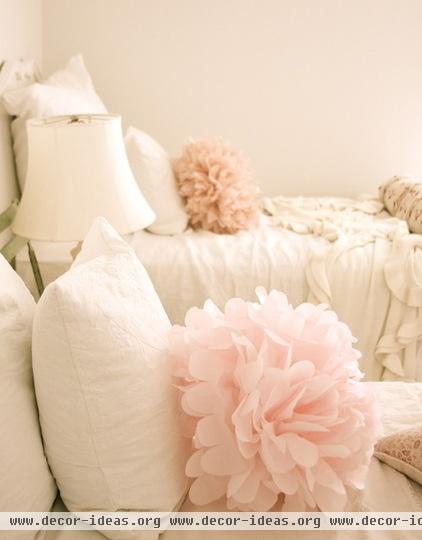
Seashell pink is an extremely forgiving and easy-to-use color. It’s flattering to skin tones as a wall color, and it comes to life in the warm glow of lamplight. Soft seashell pinks also look lovely as accents when paired with sand, linen, white and café au lait.
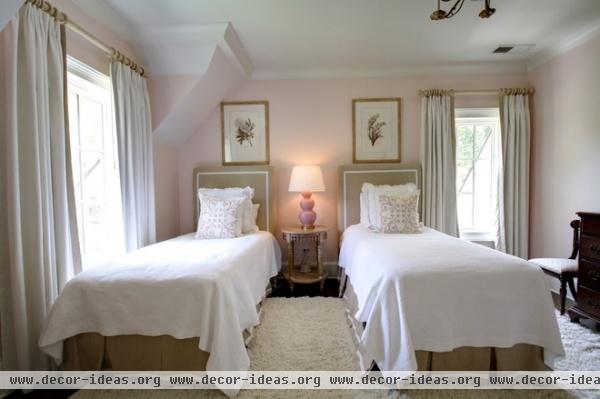
The color palette of this elegant bedroom could have been pulled directly from a handful of pretty shells. Notice the sand-hued upholstered headboards, soft shell-pink walls, crisp white coverlets and warm pink gourd lamp.
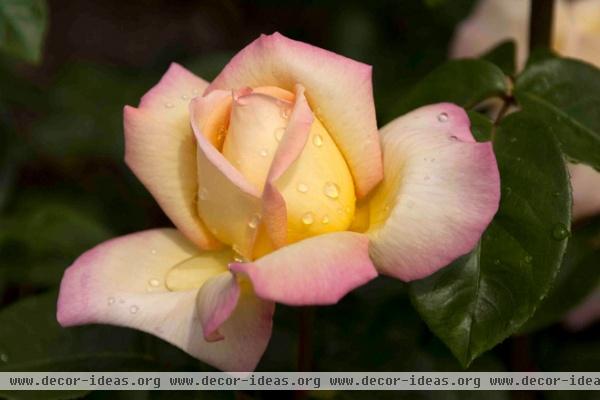
Flower-inspired color pairings. For something bolder, look closely at nearly any pink flower and you will find a color scheme ripe for the picking. Pink in a flower may fade into yellow, lavender, green or a deeper pink. Develop that in your living space and something spectacular is sure to blossom.

It might look a bit like this living room. A pair of pink cushions on the couch and two rich yellow armchairs provide a dose of fresh color in an otherwise neutral space. Think of the bright colors here as the rose, and the background of the room as the rest of the garden, fading into the backdrop to allow the rose to be the star of the show.
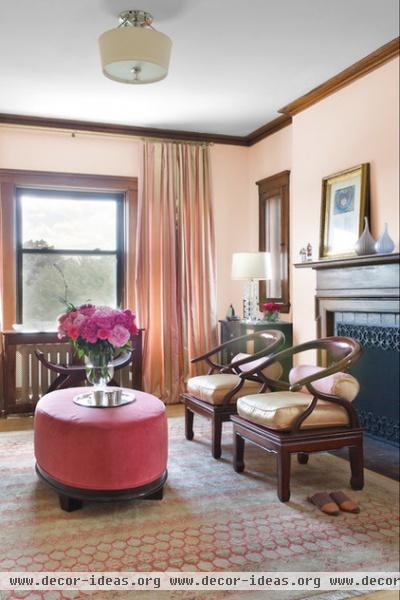
Smoky pink. Rich, warm pinks with a bit of gray or brown are sophisticated and (despite preconceptions about pink) equally appealing to men and women. Warm rose, peony and raspberry pinks with a bit of smokiness look magnificent with rich browns and champagne.
Tell us: What is your favorite shade of pink, and how do you use it in your home?
More: Nature’s Color Wisdom: Lessons on Green From the Great Outdoors
Related Articles Recommended












